"Administrative geography and customs of the Vietnamese" shows the classic scientific research of Nguyen Van Huyen.
Opening up new research directions on administrative geography in Vietnam
Nguyen Van Huyen (1905-1975) was one of the leading scholars of Vietnam in the 20th century. He is considered the first Vietnamese to approach the field of administrative geography research in a scientific and modern way and left a significant mark.
He inherited the tradition of recording geography and geography that existed for many centuries in Vietnam, combining new knowledge and research methods from French scholars.
In the book Administrative Geography and Customs of the Vietnamese, besides the village/commune unit which has been thoroughly investigated and described by the author himself in previous works, this time he wants to look at administrative geography at a higher level through two units of province and canton.
These are also two separate administrative units, different from many characteristics of traditional Vietnam. They clearly show the stratification and administration of the central feudal government, and at the same time vividly reveal the lives of the people in the countryside of the Northern Delta.

Cover of the book "Administrative geography and customs of the Vietnamese" (Photo: Nha Nam).
Unlike French scholars, Nguyen Van Huyen had the status and conditions of a native intellectual. This allowed him to see through all the unity and complexity, cooperation and struggle, and struggle between villages/communes in a commune around a mat in the middle of a communal house or a pond, an alluvial land that could bring many benefits.
Readers can find very interesting comments from Nguyen Van Huyen's sharp and witty eyes about the country people.
"In fact, it takes a lot of patience to live in the Northern countryside: the proof is that it was only after two really deadly bombing raids that the people of Hanoi decided to leave the city and return to their 'villages' the other day."
Besides his profound knowledge and intuition, he also skillfully used the methods and techniques of human and administrative geography such as fieldwork, mapping, data analysis, tabulation, diagramming, etc.
His administrative geography research results went far beyond previous geographical records and laid the foundation for scientific knowledge about traditional Vietnam.
Administrative geography research - the basis for understanding customs and practices
For Nguyen Van Huyen, studying administrative geography was the basis that allowed him to go deeper, understand more thoroughly and broadly the customs and practices in the lives of people in the Northern Delta region.
Through investigating land disputes and negotiations of village and commune administrative units, the author pointed out the "Annamite mentality" (in Paul Giran's words): "However, this lawsuit is not the last in the spirit of litigation of our very brave farmers".
Through the geographical and administrative characteristics of villages, Nguyen Van Huyen helps readers understand more deeply the depth of familiar proverbs. Some proverbs clearly reflect this spirit, such as: "A piece of meat in the middle of the village is worth a basket of meat in the kitchen corner", or "A piece of village meat is worth a basket of purchased meat".
Studying administrative geography from the perspective of decentralization and administration of geographical units of the state, the author also draws many interesting findings.
He found that in the censuses from 1936 to 1942, there were many discrepancies in the number of births/deaths of girls, and in the number of women in a village or in a canton.
Unfortunately, these figures could not be given accurately simply because of the "men despise women" mentality that has been inherent in Vietnamese rural people for generations.

Nha Nam has published 4 books by author Nguyen Van Huyen (Photo: Nha Nam).
New research published for the first time
In this edition, the book Administrative Geography and Customs of the Vietnamese people has two works published for the first time: "Research on Vietnamese customs" and "Research on a Vietnamese commune: Duong Lieu commune".
Due to the complicated situation in 1944-1945, these works did not have the opportunity to be printed into books, but only existed in the author's manuscript form.
The work "Research on Vietnamese customs" originated from a speech by Nguyen Van Huyen on July 18, 1943. The work "Research on a Vietnamese commune: Duong Lieu commune" is a handwritten manuscript made in 1944, currently kept by the author's family.
Both works are sharp and valuable studies by Nguyen Van Huyen on administrative geography and on Vietnamese customs and practices.
The highlight of both of these works is that the author investigates and surveys an administrative unit that, according to him, has many typical features of the Vietnamese countryside: Duong Lieu commune.
If the first work depicts a general picture of Vietnamese customs based on a specific case, the second work provides very detailed and meticulous analysis of Duong Lieu commune in terms of residence and population.
Also in these two works, readers can see Nguyen Van Huyen's particularly serious and scientific working method through field trips and redrawing maps of communes/villages/communes, and creating data tables for comparison.
As for the Duong Lieu general map, although it is only an unfinished hand-drawn map, the author has created over 20 different maps, at both general and detailed levels, in many different ranges and areas.
Phuong Hoa (According to dantri.com.vn)
Source


![[Photo] Prime Minister Pham Minh Chinh chairs meeting on draft Resolution of National Assembly on International Financial Center in Vietnam](https://vphoto.vietnam.vn/thumb/1200x675/vietnam/resource/IMAGE/2025/5/22/d398664ff1a140629169ea5a24e1b4d0)

![[Photo] Press delegation meeting to visit Truong Sa and DK1 Platform](https://vphoto.vietnam.vn/thumb/1200x675/vietnam/resource/IMAGE/2025/5/22/6b8d232877ec421a9e8187d83b9f8006)

![[Photo] General Secretary To Lam chairs a working session with the Central Internal Affairs Commission](https://vphoto.vietnam.vn/thumb/1200x675/vietnam/resource/IMAGE/2025/5/22/3b7790f499da45b2803d8ae253207ef1)
![[Photo] T&T 1 and Ho Chi Minh City 1 People's Police Teams won the men's and women's team championships](https://vphoto.vietnam.vn/thumb/1200x675/vietnam/resource/IMAGE/2025/5/22/39db06ae67cb4001b7a556e8d9a56d07)
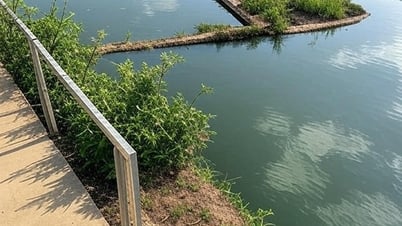


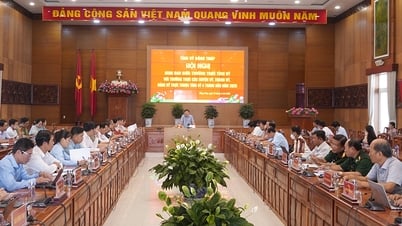











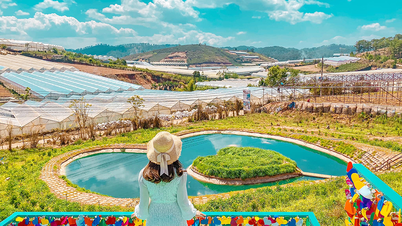
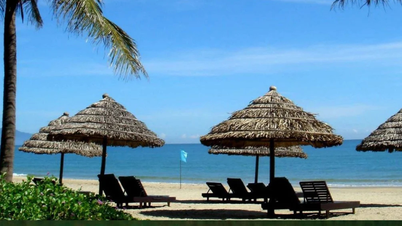










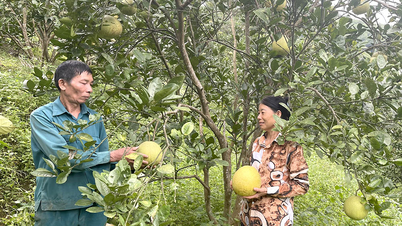



















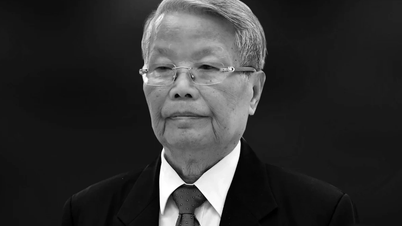





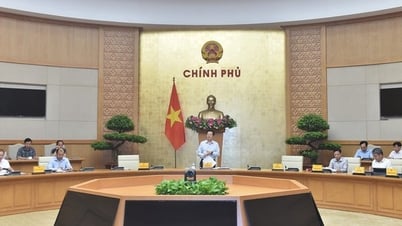

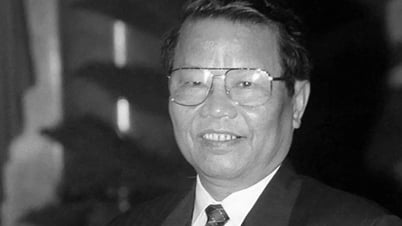





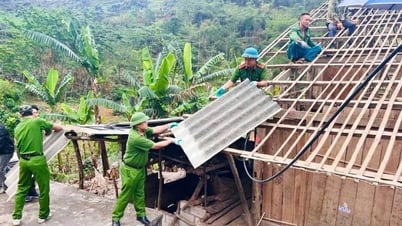



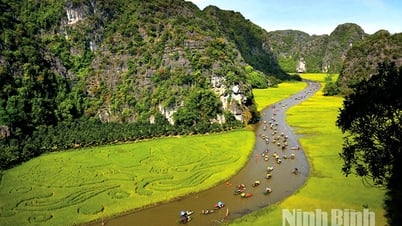



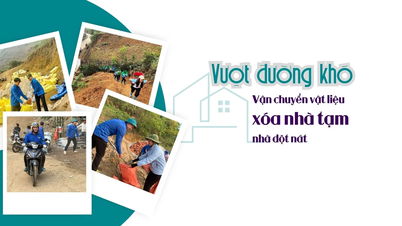





![[Podcast] Week introducing more than 500 OCOP products in Hanoi](https://vphoto.vietnam.vn/thumb/402x226/vietnam/resource/IMAGE/2025/5/22/d144aac2416744718388dbae3260e7fd)





Comment (0)